Unit Code: EMN952
Unit Name: Disaster and Major Incident Management in Emergency Nursing
Description: This course describes the board categories of mass casualty incidents, both natural and human caused. Major incidents are defined with regards to their size and effect on the health services, in other words any occurrence that presents a serious threat to the health of the community, disruption to the health services, or causes (or is likely to cause) numbers or types of casualties that mean that regular health services will be overwhelmed. The course will explore and enable emergency nursing clinicians to understand a command and control structure, safety, communication, scene assessment, triage sieve and sort, treatment and transportation. The course also covers pre-hospital management in a major incident and CBRN (chemical, biological, radiological, nuclear) incidents. The overall learning experience will allow emergency nursing clinicians to be able to work with inter agency and other stakeholders and understand their roles in response to a major, mass casualty incident.
Learning Target Outcomes:
Prerequisite: N/A
Prerequisite Sentence: N/A
Credit Point: 30
Offered In: Semester 1,2